
The history of retail and social developments are inextricably linked.
You will see from the 100 objects in this book that retailers have always been pioneers and innovators. How they always embrace and use technology to provide interesting and unique customer experiences, create theater in stores and make their businesses more efficient.
The pace of digital technology change over the past few years has been staggering; with new technologies and capabilities, explosions in computing power, increases in high speed connectivity matched with lower costs, and the ubiquity of the smartphone have brought massive and incredibly fast-moving changes to retail around the globe.
In fact, the pace of change is still accelerating rapidly and more structural change is yet to come.
History is a curious thing. One object new to this edition and whose impact is profoundly changing retail today – and even more so in the next 10 years – is actually is to be found in the time period from 2,000 BC to 1600 – the early trading and money section.
I will leave you to find out what it is and why by exploring the book yourselves. Some innovations clearly take time for their moment to arrive. History really does frame our future.
– David Roth
The Evolution of Retail
The history of retailing is one of constant evolution. This should be no surprise since it is a truism that successful retailing must always mirror the society it serves. Indeed, to know retailing is to understand how societies around the world have themselves evolved.
Pre History – Cave Man
Shopper as Hunter Gatherer
Firstly, during the long and steady evolution of mankind, we humans have been genetically engineered, hard wired to find and acquire, beginning with us foraging and scavenging as hunter/gatherer societies for the very means of existence; then evolving from the hunting and gathering of simple ‘needs’ to more complicated gathering strategies for ‘wants’.
This anthropological model has been carried down through the ages and remains the template for men and women shopping today – ignored at the seller’s risk!
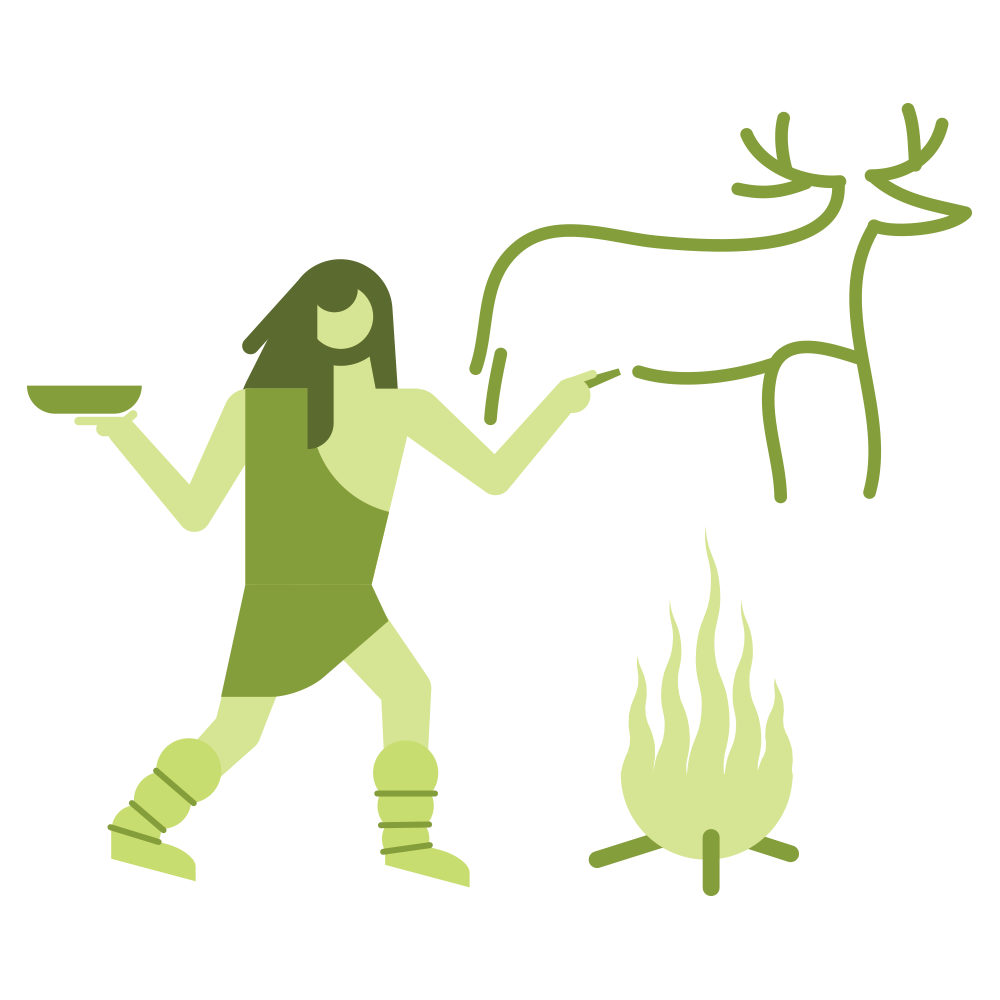

How does the Animal Skin contribute to retail history?
The harvesting of animal skins, also known as the fur trade, became a lucrative business across continents and also led to the formation of the Hudson’s Bay trading company in 1670.
By the mid-19th century, Hudson’s Bay, which controlled fur trading for centuries, amassed vast wealth and transitioned into retail business eventually becoming one of the largest and most influential retail business.
As an early form of crude currency, animal skins were vital to man’s existence and evolved to become a status symbol as well as a raw material for various goods.
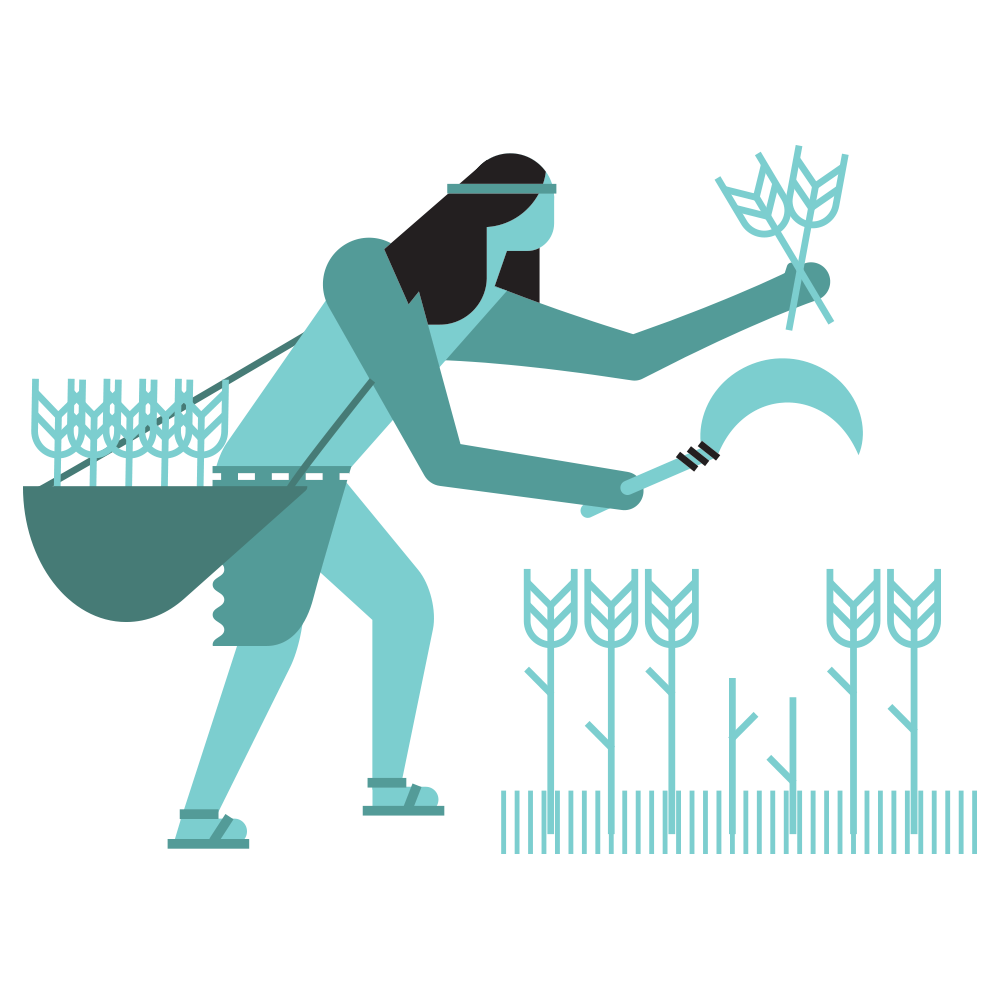
8,000 to 2,000 BC – Neolithic Period
Neolithic Shopper
The innovations in, and subsequent formalization of agriculture during the Neolithic Period, some 8,000 years ago, provide the platform for the second evolutionary and giant step for humanity and shopping.
Once hunter/gatherer societies became efficient, settled agriculturists, developing agri tools, domesticating animals etc., then resources could be employed outside of a survival agenda and humankind could move on to produce surpluses for sale or exchange.
This, in turn, generated an infrastructure of distribution and trading centers from which a merchant class emerged. That process which today we call product specialization, supply chain and globalization had begun.

How does the Abacus contribute to retail history?
The abacus, or beads on a board, provided an easier and more sophisticated retail transaction methodology and was actually the bridge from pebbles, twigs and lines in the sand to the first calculator.
The abacus simplified the mathematical process for merchants and traders and was used for about 3,600 years until the first mechanical calculator appeared in 1642.
The abacus simplified the mathematical process for merchants and traders and was used for about 3,600 years until the first mechanical calculator appeared in 1642.
2,000 BC to 1600 – Early Trading
Money
Trade (the production and distribution of agricultural produce and made goods) in the then developing world, grew rapidly.
Much of this trade was conducted by the barter system, but as a greater diversity of goods became available and therefore tradable, another value method was needed. Hence the introduction of ‘money’ which in its various forms is the foundation for our third retail era.
Money in the form of coins, beads, shells or cuneiform and much else, became the recognized liquidity fueling trade and the subsequent shopping experience. And it is money, as a universal medium of exchange, which has evolved as the oxygen of the entire retail experience.


How does the Rialto Bridge contribute to retail history?
As so many bridges throughout the world have since become gateways to new opportunities for commerce, lifestyle and retail development, the Rialto Bridge epitomizes the impact of a city’s infrastructure on its vibrant growth.
It contributed to the success of the Rialto Market and the establishment of Venice as a hub of global commerce. It remains a striking historic visual image as well as a shopping area for tourists.
The Rialto Bridge epitomizes the impact of a city’s infrastructure on its vibrant growth.
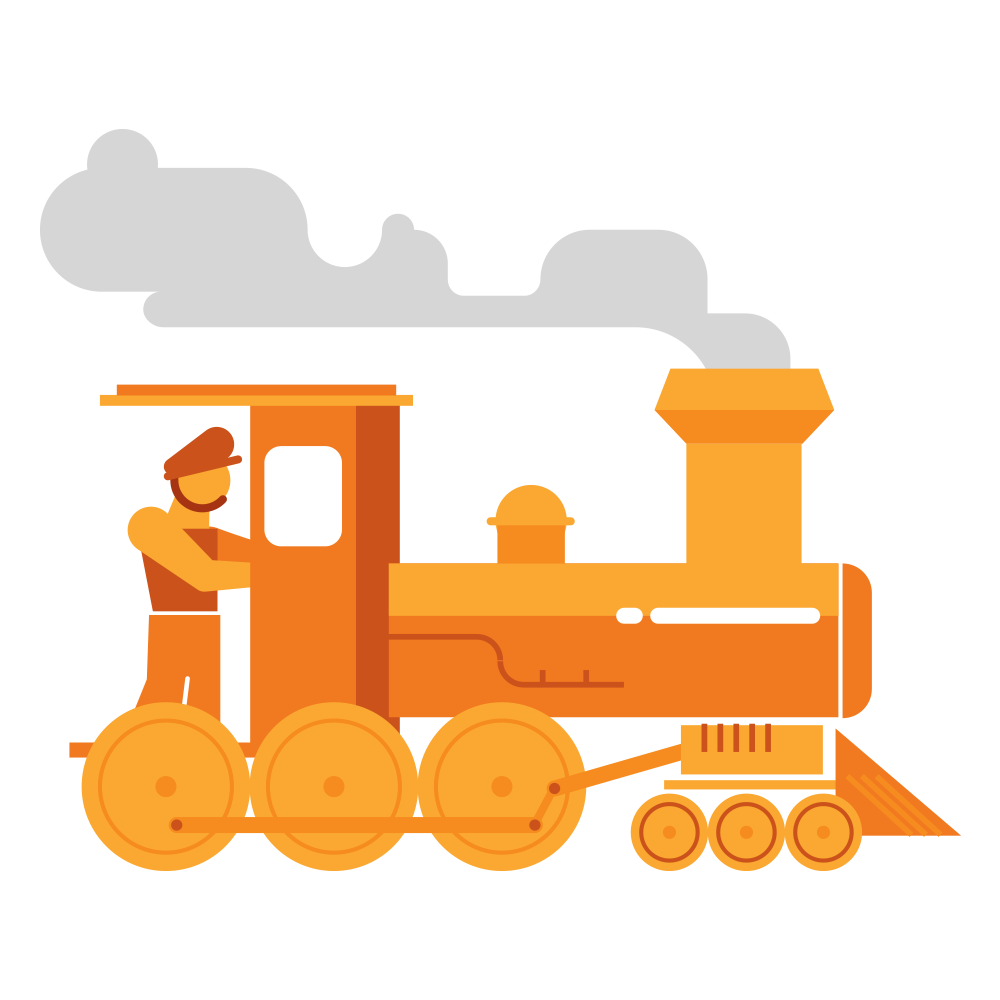
1700 to 1900 – 18th and 19th Centuries
Mass Production
The inventions, innovations and entrepreneurship of the Industrial Revolution in the two centuries between 1700 and 1900 had a profound effect on the social and retail landscape, transforming it forever. industrialization brought into existence inexpensive, mass-produced commodities and products, previously unavailable to a majority.
The distribution of these new products required a new retail approach, which brought into existence speciality shops, urban galleria and department stores.
As the new specialized, better-organized retail formats emerged, steadily replacing the informal market trader, these new ‘shopkeepers’ as they became known, employed shop fronts with their proprietor’s name above the door – trust and brand identity had been born.

How did the Department Store contribute to retail history?
The introduction of department stores in England, France and the United States in the early to mid-1800s marked the beginning of an important chapter in the history of retailing.
The concept of the department store remains as highly relevant today as when it emerged to satisfy newfound affluence spawned by the Industrial Revolution.
Department stores gave rise to discount stores and also influenced the development of enclosed malls as retail developers took note of the powerful appeal that resulted from combining multiple departments of merchandise in a single destination.
Department stores became iconic symbols of prosperity and were the dominant form of retailing for more than a century.
1901 to NOW – 20th and 21st Centuries
Modern Shopping
In the great sweep of social and retail history, the ‘modern’ shopping experience can be said to have commenced with the appearance of the department store in the middle of the 19th century. For the first time, thousands of disparate goods could be gathered together and shopped for at a single destination.
Early forms of entertainment and hospitality were woven into the format so that shopping as a leisure activity became a part of the shopping experience. Since then format has followed format – from department store to supermarket to shopping center and hypermarket with much else in between.
And now, online and digital shopping enabled by the internet which will utterly transform the retail landscape and dramatically change the citizen consumers role within it.

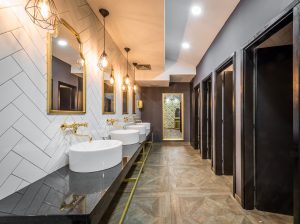
How did the Selfridges Lavatory contribute to retail history?
The new well-off urban population was attracted in their thousands, not just to shop, but also to socialize, often spending the entire day out in the process. But, if respectable persons were to be encouraged to dwell, shop, and mingle, where were they to answer the inevitable call of nature?
The public lavatories were an innovation that was hugely welcomed by the public. Important as they were in their own right, the lavatories were also a demonstration of an emerging ‘customer services’ retail ethos – something that has continued to define and differentiate retail brands ever since.
But, if respectable persons were to be encouraged to dwell, shop, and mingle, where were they to answer the inevitable call of nature?
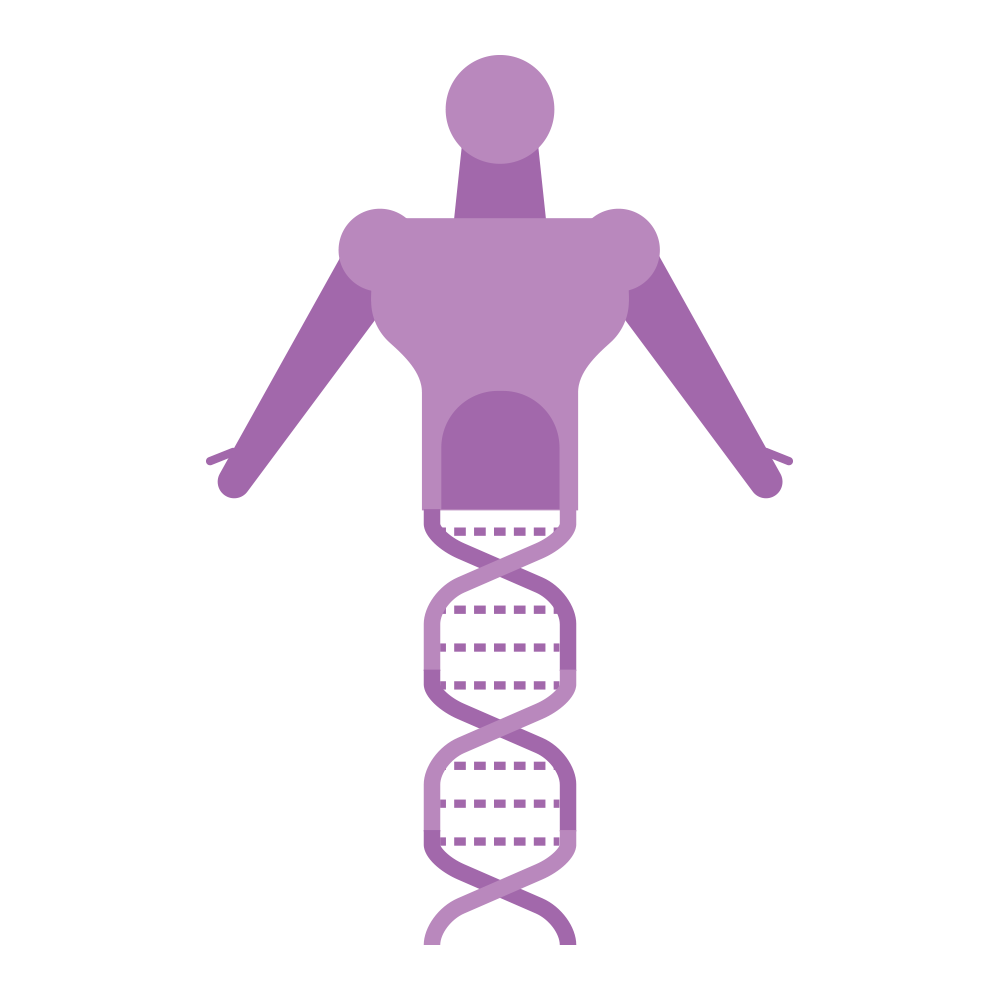
2018 to 2022 – The Future
Third Era of Digital Retail
While the future will be more digital, it will seem more human. There will be more emphasis on a more seamless, intuitive experience driven by new technologies in voice, facial recognition, artificial intelligence and data analytics.
Retail and brands will develop new ways and services to enhance the overall experience. Retail will evolve to a cashless, staffless, and seamless environment with greater personalization, value and loyalty.

Virtual Neurons
Technology is fast acquiring a level of processing capability that until recently was unique to humans. Artificial Intelligence can do some of the “thinking” that used to fall to consumers and store associates, making shopping easier and less of a chore.Technology is fast acquiring a level of processing capability that until recently was unique to humans. Artificial Intelligence can do some of the “thinking” that used to fall to consumers and store associates, making shopping easier and less of a chore.
AI and connected “things” – like cars and fridges – are already making purchases show up at people’s doors before they’ve realized they’re running low.

Face
Sales associates are a key element of a retail brand’s face, along with signage, music and scent. Future advances in this area might include interactive brand experiences, virtual shopping assistants, and holographic displays.

Brains
All the data analytics and intelligence deployed through every stage of the retail process come from this brain. This intelligence helps retailers to drive operational efficiency and better understand their customers.

Bones
As in the human body, the bones of a retail brand are the supporting structure – the elements that sit behind the face to feed the retail experience.
The Advisory Board
Many thanks to the board for their sage counsel and to the other experts we called on for advice or clarification along the way.
The Late Professor Rodney Fitch CBE
Retail and Design Consultant and Profess
Andrew A. Grant
Chairman, Satalia Optimisation
Sir Thomas Blane Hunter
Founder and Chairman
West Coast Capital
Professor Jeremy Myerson
Former Director, The Helen Hamlyn Centre
for Design, Royal College of Art
Professor Peter Nolan CBE
Chong Hua Professor and
Director, Centre of Development Studies, University of Cambridge
Bryan Roberts
Global Insights Director, TCC Global
David Roth
CEO, The Store WPP, EMEA and Asia
David L. Sisson
Head of Global Real Estate/Properties,
Best Buy Co., Inc
Matthew Edward Thomas White
Design and Engineering Director,
SPARK Product Creation Ltd
Willing John Whiting
Retired, formerly Chief Executive of B&Q plc
and Executive Director of Kingfisher plc
Joe Jensen
Vice President, Internet of Things Group, General Manager Retail Solutions Division
Jose Avalos
Vice President, Internet of Things Group, Global Director Visual Retail
Maroun Ishac
Director, Business Development Visual Retail